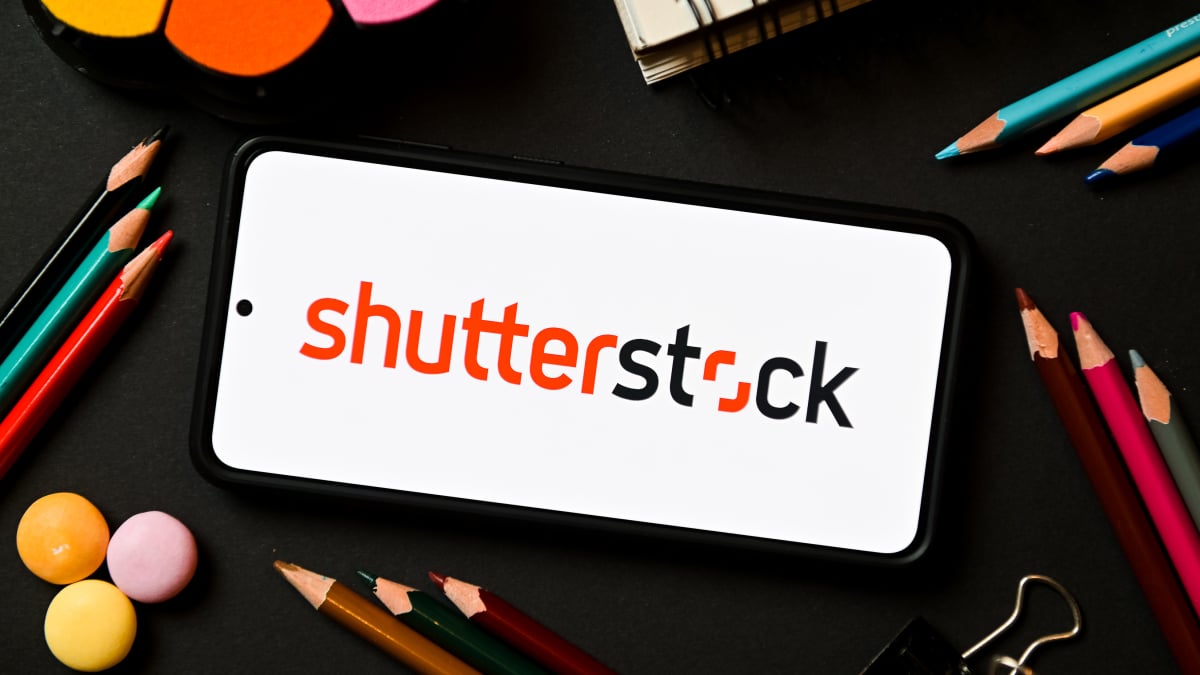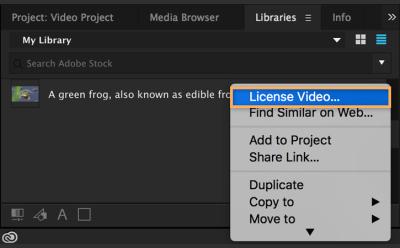Using Shutterstock Image Downloader tools can simplify the process of acquiring images for personal and professional projects. However, it’s crucial to be aware of legal implications and safe practices to avoid copyright infringement. This guide outlines what these tools are, their benefits, and tips for responsible use.
Understanding Shutterstock Image Downloader Tools

Shutterstock Image Downloader tools are applications or browser extensions designed to help users download images from Shutterstock’s extensive library. These tools can range from simple software applications to sophisticated plugins that integrate with web browsers. They typically allow users to search for specific images, preview them, and download them directly without navigating the Shutterstock website extensively.
While convenient, it’s important to recognize that many of these tools may infringe on Shutterstock‘s terms of service. Shutterstock licenses its images, meaning they require appropriate payment or subscription to use the images legally. Some downloader tools claim to extract images without authorization, which can lead to legal consequences. Therefore, it’s essential to only use downloader tools that comply with copyright laws and Shutterstock’s licensing agreements.
Users must ensure that they are not violating any terms set forth by Shutterstock when using these tools. This involves understanding whether the downloader allows for the legal acquisition of images, keeping in mind that many images available on Shutterstock are copyrighted material. Proper usage of these tools not only helps in responsible sourcing but also supports the artists who create these images.
Benefits of Using Shutterstock Image Downloaders

Utilizing Shutterstock Image Downloaders offers several advantages:
- Time Efficiency: Downloaders streamline the process of searching and acquiring images, saving users valuable time.
- Easier Organization: Many tools help catalog images, making it simpler to manage collections for various projects.
- Batch Downloading: Some tools allow for downloading multiple images at once, enhancing workflow for users who require numerous images.
- Enhanced Search Features: Downloader tools often come with enhanced search capabilities, enabling users to find the perfect image more efficiently.
Despite these benefits, users must remain vigilant about legal and ethical considerations when utilizing Shutterstock Image Downloader tools to ensure a safe and respectful approach to image usage.
Risks of Using Unauthorized Download Tools
Using unauthorized image downloader tools can seem tempting, especially when you want access to extensive collections without paying. However, this practice comes with significant risks that can harm both individuals and businesses. Here are some of the primary risks associated with using these unauthorized tools:
- Legal Consequences: Downloading images without permission can lead to copyright infringement, which may result in hefty fines or legal action from the original content creators.
- Quality Issues: Many unauthorized tools do not provide high-resolution files. As a result, you might end up using low-quality images that can affect the professionalism of your projects.
- Malware Risks: Some third-party downloader tools may contain viruses or malware. These can compromise your device’s security, leading to data loss or theft.
- Unreliable Sources: Unauthorized tools may not provide accurate attributions or licensing information, which can create confusion about the legality of the images.
- Impact on Creators: When you use unauthorized tools, you contribute to a culture of devaluation for creators. This can discourage artists from producing high-quality content in the future.
In summary, while these tools might offer a shortcut, the long-term consequences can significantly outweigh any short-term benefits. Always opt for legitimate sources to ensure you’re respecting both your integrity and the work of others.
How to Choose Reliable Image Downloader Tools
Choosing the right image downloader tool is crucial for safeguarding your projects and respecting copyright laws. Here are some key factors to consider when selecting a reliable tool:
- Reputation: Look for tools that are well-reviewed and have a good reputation in the industry. Check user reviews, testimonials, and ratings.
- Licensing Options: Ensure that the tool provides clear information about image licensing. It’s essential to select tools that offer images licensed for your intended use.
- User-Friendly Interface: A straightforward and intuitive interface can make your experience much better. Choose tools that are easy to navigate and allow for efficient searches.
- Image Quality: Prioritize tools that offer high-resolution downloads. Test the quality of images to ensure they’re suitable for your projects.
- Customer Support: Reliable tools often come with good customer support. Check if they have resources like FAQs, chat support, or forums for user assistance.
By keeping these criteria in mind, you can confidently select trustworthy image downloader tools that enhance your work while protecting your legal standing. Remember, investing time to find reputable sources will pay off in the quality and legality of your projects!
Step-by-Step Guide to Downloading Images Safely
Downloading images from Shutterstock can be a straightforward process, but it’s essential to do it safely and ethically. Here’s a step-by-step guide to help you navigate the process:
- Create a Shutterstock Account: Before you start, ensure you have a Shutterstock account. This is necessary to access and download images legally.
- Search for Images: Use the search bar to find the specific images you need. Play around with keywords to get the best results.
- Review Image Options: Look through the various options available. Make sure to check the licensing details provided for each image. Understanding what you can and cannot do with the images is crucial.
- Select the Image: Once you find an image you like, click on it to view more details. Make sure to double-check its resolution and format to ensure it fits your needs.
- Add to Cart: If you decide to download the image, add it to your cart. You might want to download multiple images, so take your time here.
- Proceed to Checkout: When you are ready, go to your cart and check out. Make sure your payment method is set up correctly.
- Download Your Image: After the payment is processed, you’ll receive a link to download your image. Click on it and save the file to your device.
- Keep Receipts: Always keep a record of your purchases. This will provide proof of your legitimate use of the image if needed.
By following these steps, you ensure that you are using Shutterstock images responsibly and in compliance with copyright laws.
Best Practices for Image Attribution and Copyright
When using images from Shutterstock or other stock photo sites, it’s crucial to follow best practices for attribution and copyright compliance. Here are some effective strategies to keep in mind:
- Understand Licensing Types: Familiarize yourself with the type of license associated with the image. Shutterstock typically offers standard and enhanced licenses, each with different usage rights.
- Attribution Requirements: While Shutterstock images usually don’t require attribution, it’s good practice to give credit where it’s due, especially when using content from free sources.
- Use Copyright Notices: If you’re sharing images online, consider adding a copyright notice on or near the image to clarify ownership.
- Document Usage: Keep a detailed tally of all images used, including their source and licensing terms. This helps ensure compliance and can be invaluable if disputes arise.
- Educate Your Team: If you work with others, ensure that everyone understands copyright laws and the importance of using images ethically. Consider creating a company policy on image use.
By adhering to these best practices, you protect yourself from potential copyright issues and show respect for the creators of the images you use. Remember, ethical use of visual content enhances your brand’s reputation and fosters a culture of respect in the creative community.
Alternatives to Shutterstock Image Downloaders
If you’re browsing for high-quality images but are hesitant about using Shutterstock image downloader tools, you’re not alone. Luckily, there are plenty of alternatives that offer excellent resources without the sticky legal issues. Here are some options to consider:
- Adobe Stock: With a vast library of high-quality images, Adobe Stock provides subscription plans and continues to evolve its offerings, making it a robust alternative.
- iStock: Owned by Getty Images, iStock features a wide range of stock photography and illustrations. They have flexible pricing options to fit different budgets.
- Unsplash: Unsplash is a goldmine for free high-resolution images, contributed by photographers from around the world. The best part? You can use these images without attributing the creator.
- Pexels: Similar to Unsplash, Pexels offers a large collection of free stock photos and videos, all of which are free to use, even commercially.
- Pixabay: This platform hosts a massive database of over a million royalty-free images and videos; they are free to use without worrying about licensing.
- Canva: While primarily a design tool, Canva offers a library filled with stock images that you can use in your designs, often at no extra cost.
- Depositphotos: With an extensive collection and flexible pricing plans, Depositphotos is another excellent option for those needing stock visuals.
Exploring these alternatives can help you find stunning visuals while ensuring you are navigating the murky waters of copyright law safely.
Frequently Asked Questions About Shutterstock Downloader Tools
If you’re considering using Shutterstock downloader tools but have some concerns, you’re in good company! Here are some frequently asked questions that can help clear things up:
Q: Are Shutterstock image downloader tools illegal?
A: Yes, using unauthorized tools to download images from Shutterstock infringes on copyright laws. Shutterstock’s images are protected, and bypassing their licensing terms can lead to legal consequences.
Q: What are the risks involved in using these tools?
A: Aside from legal repercussions, there are also risks like malware or phishing attacks. Many third-party downloaders are untrustworthy, and using them can compromise your personal information or computer.
Q: Are there free resources where I can find stock images legally?
A: Absolutely! Resources like Unsplash, Pexels, and Pixabay offer high-quality images for free, often with fewer restrictions on use.
Q: Can I use images from Shutterstock if I pay for a subscription?
A: Yes! The legal way to use Shutterstock images is by purchasing a subscription or licensing individual images, which gives you specific permission to use those images.
Hopefully, these FAQs shed some light on your concerns and help you navigate the world of stock images safely! Remember, respecting copyright is crucial in promoting a thriving creative community.
Safe Ways to Use Shutterstock Image Downloader Tools
Shutterstock is a popular platform for high-quality stock images, but the legality of downloading and using these images often raises questions. When you consider using image downloader tools, it’s crucial to approach this with caution to avoid copyright infringement and other legal issues. Below are safe practices to ensure you use Shutterstock images responsibly.
1. Understand Shutterstock’s Licensing:
- Shutterstock images are copyright protected.
- Always check the license type (Standard or Enhanced) applicable to the image.
2. Use Official Tools:
- Only use Shutterstock’s own downloading options through their website or authorized applications.
- Avoid third-party downloader tools that may breach copyright agreements.
3. Subscribe or Purchase Images:
- Consider subscribing to Shutterstock or purchasing images to obtain proper rights.
- This not only supports creators but ensures you’re compliant with licensing rules.
4. Read Terms of Use:
- Familiarize yourself with Shutterstock’s terms of use to avoid potential legal issues.
- Be aware of restrictions concerning modifications and distribution of downloaded images.
5. Educate Yourself on Fair Use:
- Understand the concept of fair use and how it applies to stock images.
- Consult with legal experts if unsure about the usage rights of specific images.
Conclusion and Summary of Safe Usage Tips
By adhering to Shutterstock’s licensing agreements, using official tools, purchasing or subscribing for images, and understanding legal guidelines, users can effectively and safely utilize Shutterstock images. These practices not only protect individual rights but also respect the hard work of the creatives behind the images.


